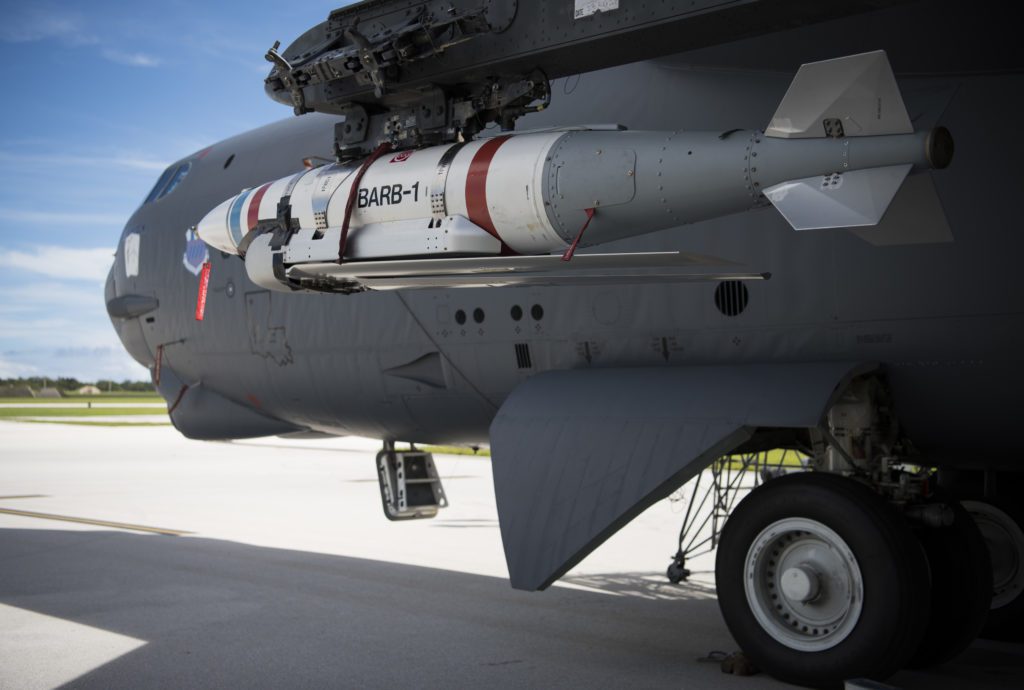
ARLINGTON, Va. — The U.S. Navy has awarded Boeing a contract for the design and production of wing glide kits for Quickstrike-Extended Range (QS-ER) aerial-delivered sea mines.
The Naval Sea Systems Command awarded the $58.3 million contract to Boeing for the design and production of non-functional wing glide kits, glide kit prototypes articles and glide kit shipping containers, according to a 20 July Defense Department announcement.
The banded-on kits will be designed to convert Quickstrike aerial-delivered sea mines into Quickstrike-Extended Range variants. Upon launch, the wings of kits extend and provide a glide capability to the mines that extend their drop range and provide a protective standoff range from enemy defenses to the launching aircraft. The mines will be able to glide approximately 40 nautical miles from the launching aircraft when dropped from 35,000 feet.
In addition to the wing kits, the QS-ER will be equipped with the precision-guidance kit used by the Joint Direct-Attack Munition. The QS-ER also is equipped with sensors — including acoustic, magnetic and seismic — to detect passing ships and submarines.
Both the Navy and Air Force have aircraft that can deliver mines, including the F/A-18E/F Super Hornet strike fighter and B-52 Stratofortress heavy bomber. The mine-delivery capability is expected to extend to the Navy’s P-8A Poseidon maritime patrol aircraft, which has replaced the mining-capable P-3 Orion.
U.S. interest in offensive mining has increased in recent years in the era of great power competition and the increasing naval capabilities of China and Russia.






